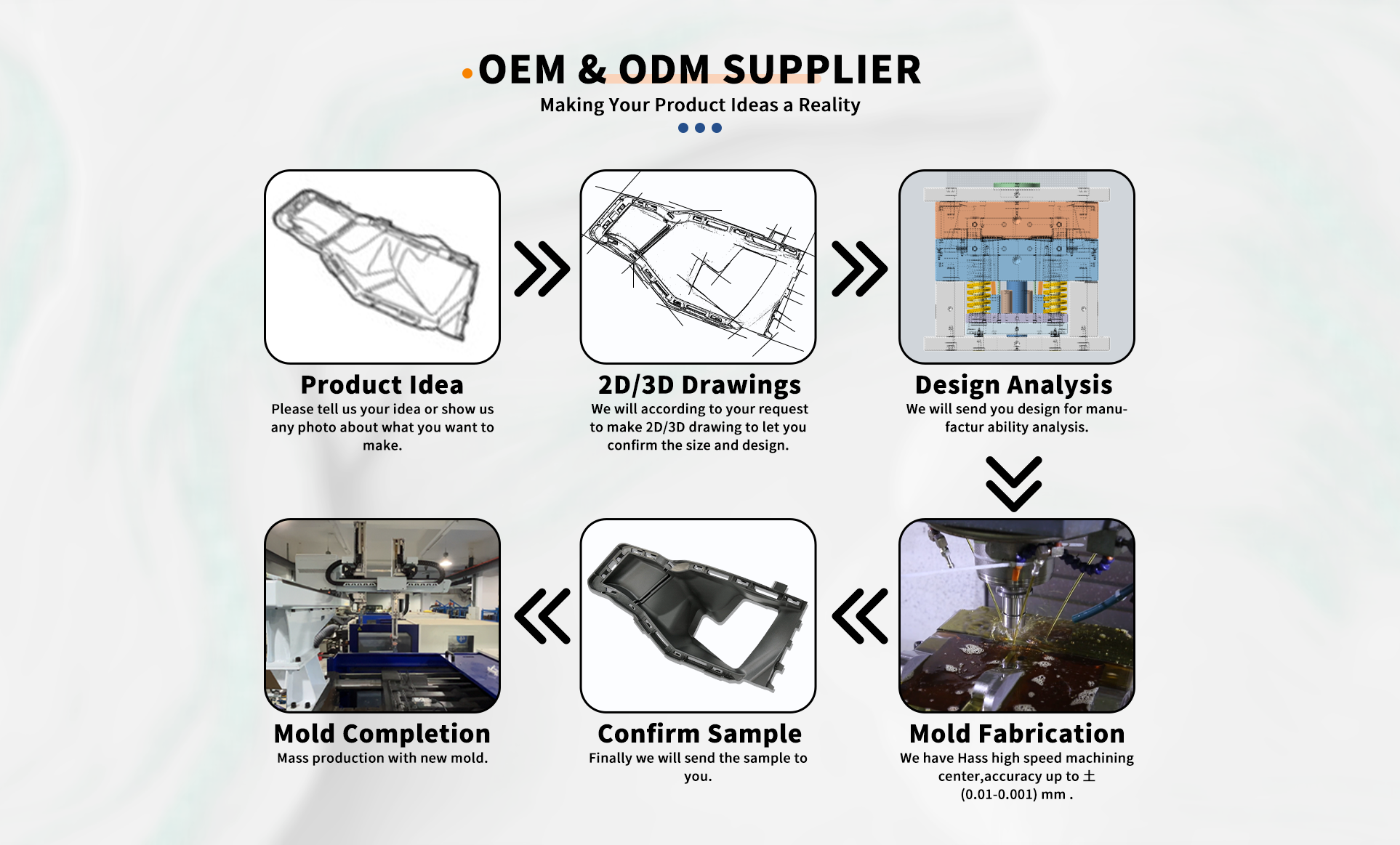
Efficiency in Injection Molding Efficiency in injection molding is a key factor that makes it a popular choice for manufacturers aiming to optimize their production processes. The speed at which parts can be produced is one of the most co


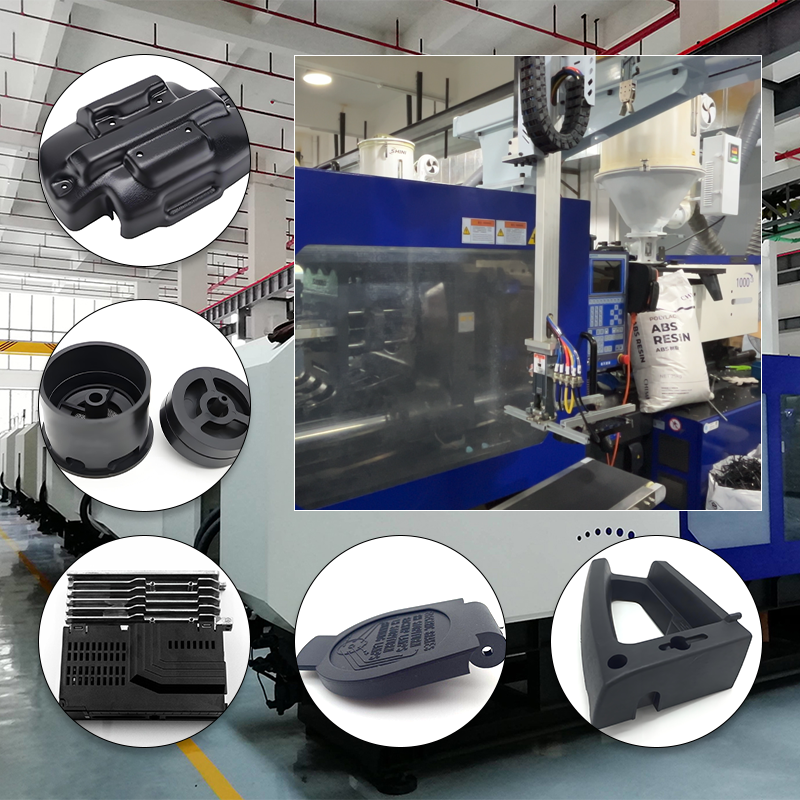


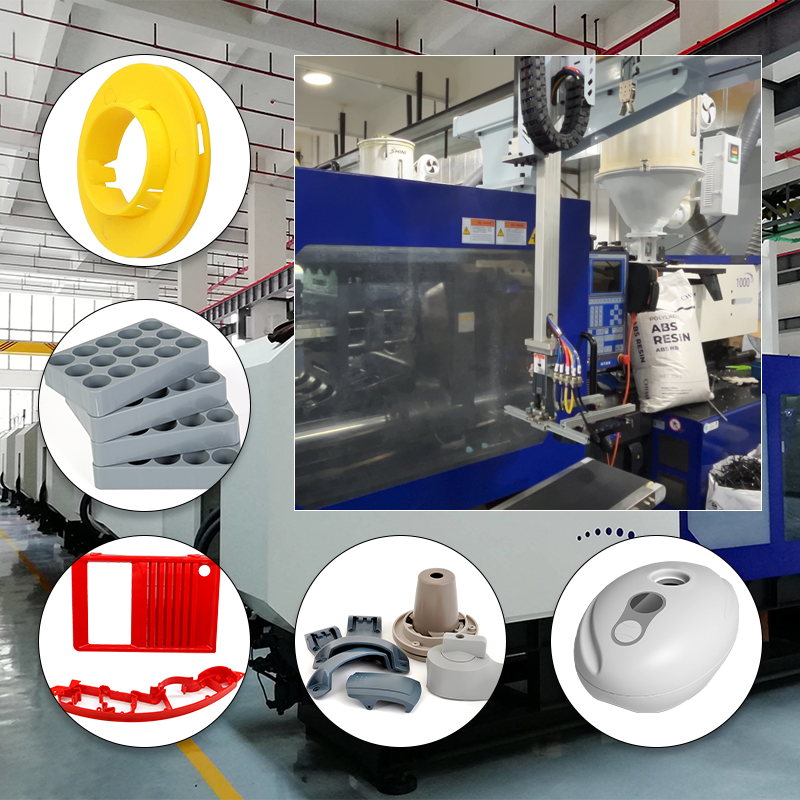
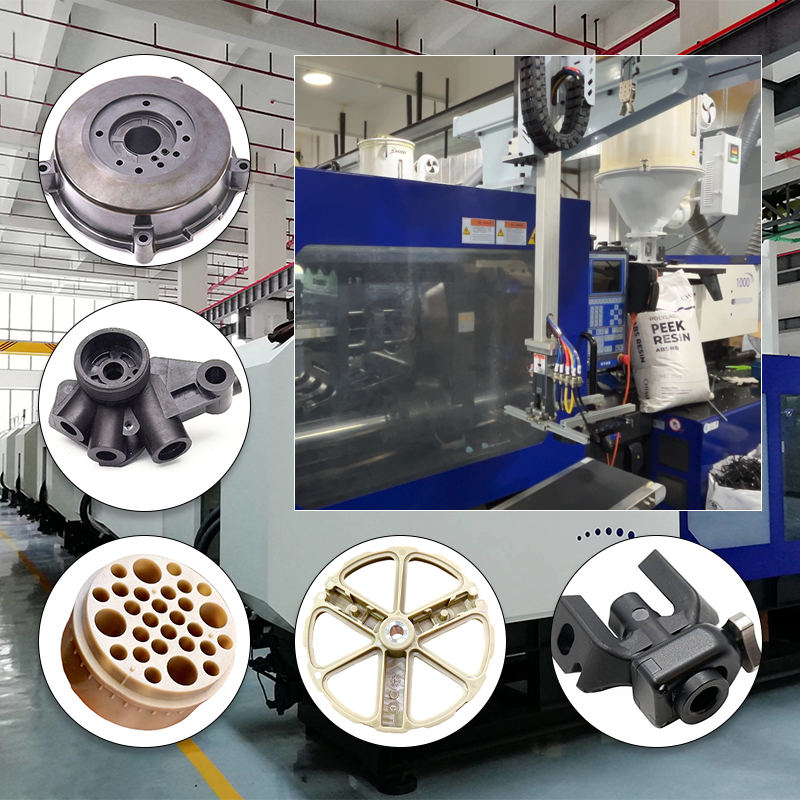
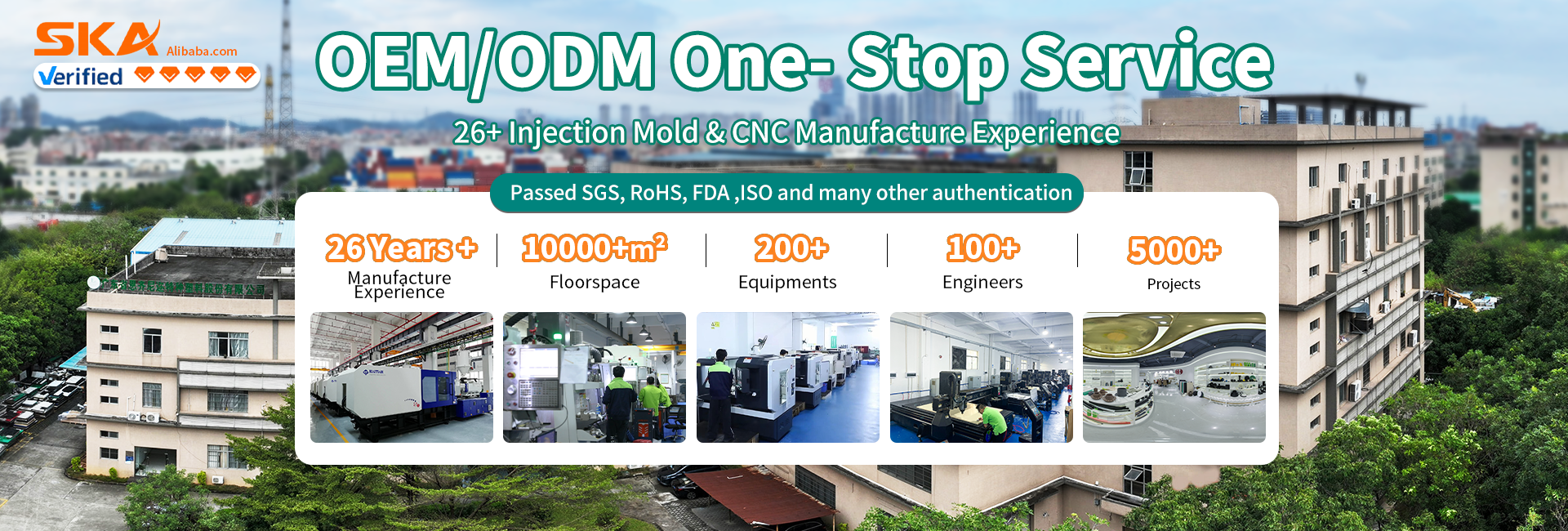
Efficiency in Injection Molding
Efficiency in injection molding is a key factor that makes it a popular choice for manufacturers aiming to optimize their production processes. The speed at which parts can be produced is one of the most compelling aspects of this method. Once the mold is prepared and the process is set up, the actual injection cycle can take as little as a few seconds to complete. This rapid cycle time allows for the production of thousands of parts in a single day, significantly increasing output without sacrificing quality.
In addition to speed, the efficiency of injection molding is enhanced by the ability to automate various stages of the production process. Modern injection molding machines can be equipped with advanced robotics and automation systems that handle tasks such as loading materials, monitoring temperatures, and ejecting finished parts. This automation not only reduces the need for manual labor but also minimizes the risk of human error, further improving the consistency and quality of the final products.
Moreover, the efficiency of injection molding is not limited to production speed alone; it also encompasses material usage. The process generates minimal waste, as excess material can often be regrinded and reused in subsequent batches. This aspect of injection molding makes it an environmentally friendly manufacturing option, appealing to companies looking to reduce their carbon footprint and embrace sustainable practices. By maximizing material utilization and minimizing waste, manufacturers can achieve both economic and environmental benefits.
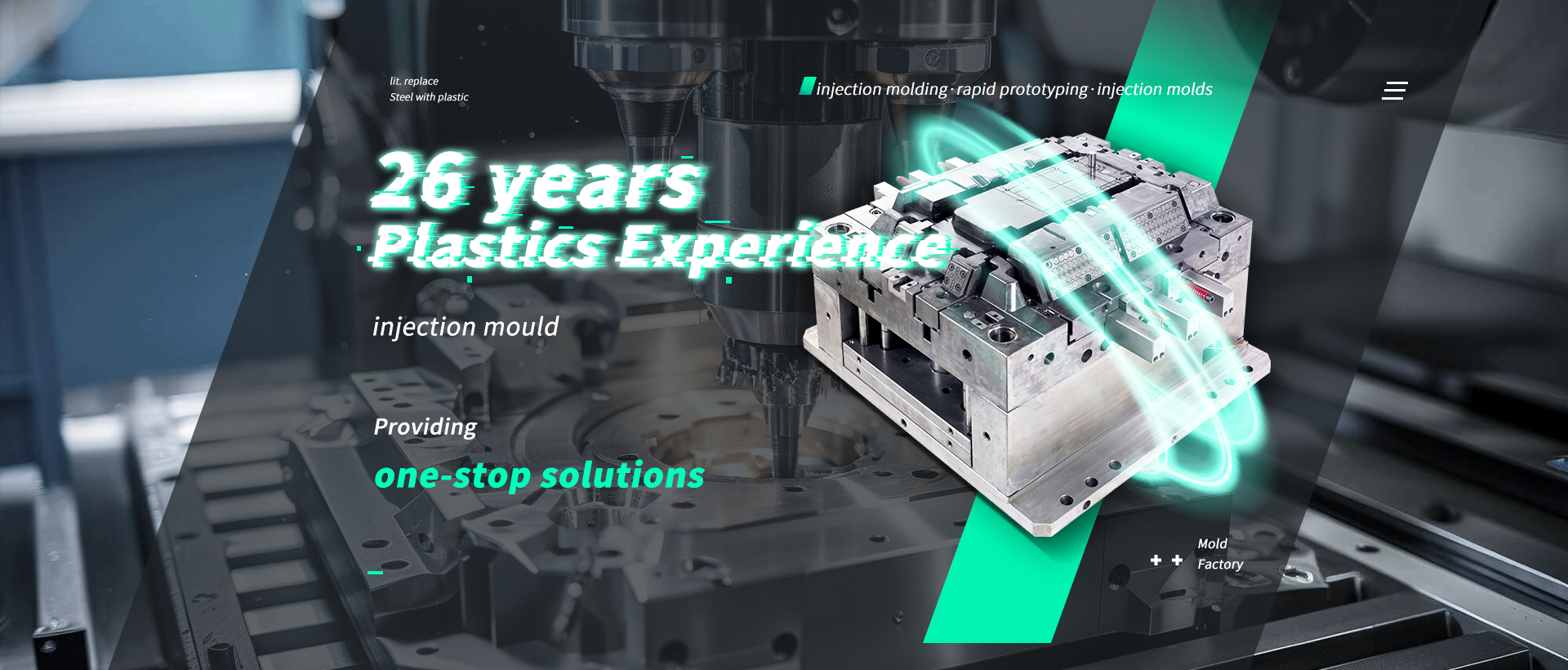
Cost-effectiveness of Injection Molding
Cost-effectiveness is a significant advantage of injection molding that drives its widespread adoption across various industries. While the initial costs associated with creating molds can be substantial, particularly for complex designs, the long-term savings often outweigh these upfront investments. Once a mold is fabricated, the cost per unit decreases dramatically with larger production runs, making it an economically viable option for mass production.
The reduction in cost per unit is primarily due to the efficiency of the injection molding process. As mentioned earlier, the ability to produce parts quickly and with minimal labor translates into lower operational costs. Additionally, the high level of automation in modern injection molding facilities allows manufacturers to operate with fewer workers, further reducing labor costs. This combination of factors means that companies can achieve a favorable return on investment, especially when producing large quantities of parts.
Moreover, the durability and longevity of the molds used in injection molding contribute to its cost-effectiveness. High-quality molds can last for millions of cycles, allowing manufacturers to produce parts over an extended period without the need for frequent replacements. This longevity, combined with the reduced material waste and efficient production processes, makes injection molding an appealing solution for companies looking to balance quality, speed, and cost in their manufacturing operations. Ultimately, the financial benefits associated with injection molding can enhance a company’s bottom line and support its growth objectives.
